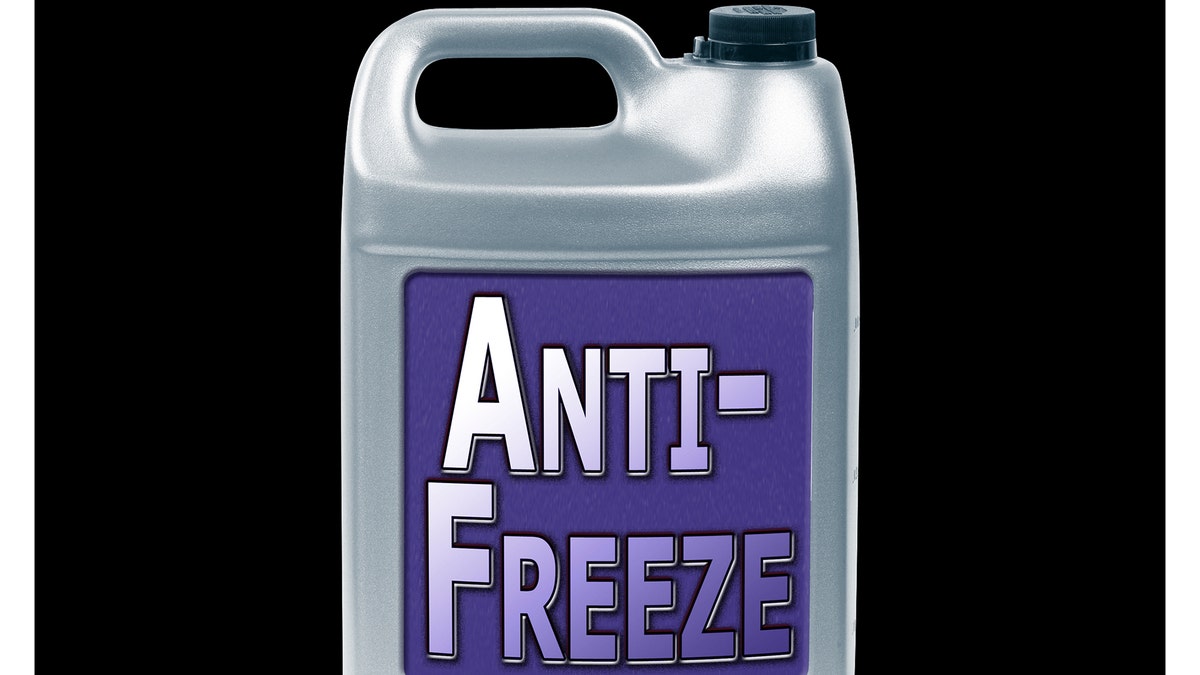As the polar vortex clings to parts of the U.S. this week — bringing with it blizzard-like conditions and record-breaking cold — many residents in its path will likely opt to stay indoors, and animal advocates urge those with pets to make sure their furry friends follow suit.
Like humans, pets can also suffer from frostbite, which occurs when the skin and underlying tissues become frozen. The serious condition can start to develop when temperatures fall below 32 degrees Fahrenheit, though it's dangerously low wind chills that can really speed things up. Frostbite can occur "in a matter of minutes" in these frigid temperatures if the skin is exposed.
"Remember, if it’s too cold for you, it’s probably too cold for your pet, so keep your animals inside," the American Society for the Prevention of Cruelty to Animals (ASPCA) reminds pet owners on its website. "If left outdoors, pets can freeze, become disoriented, lost, stolen, injured or killed."
DOG FINDS HOME FOR HOLIDAYS AFTER 8 YEARS IN SHELTER
Most major cities will start to see negative temperatures by Wednesday, so pet owners should start preparing now.
Here are seven ways to protect your pet in freezing weather.
Keep them dry

A warm covered pug dog strolls on a street on a cold winter day. (AP)
It's important to minimize your pet's time outdoors in extreme temperatures. But if you have to take them out, try to make sure they are covered by a sweater or winter coat. It would also be a good idea to grab some booties for your animal (if you have them).
When you're ready to bring them back inside, make sure you thoroughly dry them off — with a towel or hair dryer. The paws are especially important, as salt picked up from the pavement could irritate the skin and lead to dryness or cracking.
"Keep your home humidified and towel dry your pet as soon as he comes inside, paying special attention to his feet and in-between the toes. Remove any snow balls from between his foot pads," the ASPCA advises.
Limit car travel

Limit your pet's time in the car during extreme cold. (H. Scott Hoffmann/News & Record via AP)
Hot car deaths are common in the summer, but the opposite is true in the winter.
If you have to take your pet on the road with you, make sure you don't leave them unattended in the vehicle (even if the heat was just on).
PUBLIC DOG WALKING BANNED IN TEHRAN: REPORT
"You're already familiar with how a car can rapidly cool down in cold weather; it becomes like a refrigerator, and can rapidly chill your pet. Pets that are young, old, ill, or thin are particularly susceptible to cold environments and should never be left in cold cars," the American Veterinary Medical Association (AVMA) stated in a blog post.
Make sure they wear collars
As the ASPCA pointed out, bad weather increases the chance your pet could become lost, especially during snowstorms.
It's important that your pet wears his or her collar at all times, has a tag that clearly states your name, address and number. It's also recommended to get them microchipped.
"A microchip is a more permanent means of identification, but it's critical that you keep the registration up to date," the AVMA says.
Prevent poisoning

Antifreeze is lethal to pets. (iStock)
Make sure you immediately clean up any spills from your car, particularly antifreeze, as it can be deadly to animals.
Antifreeze, which contains the toxin ethylene glycol, is one of the most common types of poisoning in small pets in the cold winter months, according to petMD.
"Be sure to thoroughly clean up any spills from your vehicle, and consider using products that contain propylene glycol rather than ethylene glycol," the ASPCA says.
It doesn't take a lot of the liquid to cause harm. PetMD says less than three ounces can poison a dog that weighs 35 to 65 pounds.
Make sure they're properly fed, hydrated
This tip may seem obvious but it's necessary to ensure your pet continues to drink plenty of water and eat regular meals during cold snaps.
Monitor their weight to make sure they're healthy (it doesn't hurt to feed them a little more than usual, the ASPCA hints).
"Watch your pet's body condition and keep them in a healthy range. Outdoor pets will require more calories in the winter to generate enough body heat and energy to keep them warm – talk to your veterinarian about your pet's nutritional needs during cold weather," the AVMA says.
Making sure they are hydrated also prevents their skin from becoming too dry.

